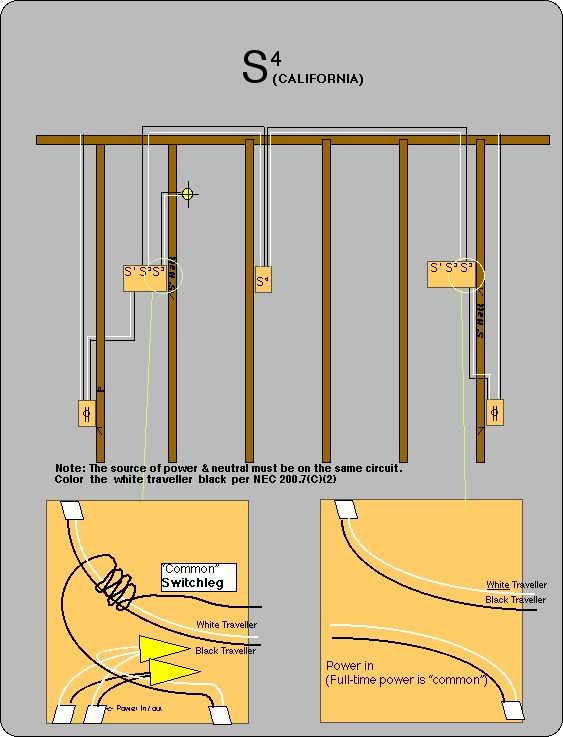Personal hair trimmer (1 AA battery): cutting tip, contact 10-20mG; shaft/handle, contact >70mG. Electric hair clipper: cutting head, contact >70mG; handle, contact >70mG. Hair dryer, 1200 watts: low & high, 6 inches from nozzle 5-10mG; handle, contact >70mG.
Electric toothbrush: brush tip, contact <2mG; brush shaft middle, contact 4-5mG; handle, contact 40-50mG.
Refrigerator: front, 1 foot 3-5mG.
Microwave oven: front, running, 1 foot 40-50 mG; front, unplugged, 1 foot 4-5 mG.
Electronic dictionary (2 AA batteries): contact <2 mG.
Desktop computer: LCD monitor, 1 foot <2mG; 2 feet <2 mG. CRT monitor, 1 foot 2-5 mG; 2 feet <2mG. CPU fan, 6 inches 4-5 mG. Right speaker, power off, 1 foot 2-3 mG; power on, 1 foot 4-5 mG. Computer mouse, contact <2 mG.
Laptop computer: LCD, 6 inches <2mG. Keyboard and bottom of laptop, generally <2mG, But over area of CPU/fan, >70mG when CPU is busy and/or cooling fan is running (also >70mG from the bottom, which contacts your "lap", so be careful where on your lap you have it, and for how long).
Electric clock radio: 6 inches, <2mG; but AC/DC adaptor, 6 inches 30-40mG, 1 foot 2-3mG.
Personal "sex toy" vibrators: Mini vibrator (one battery about two-thirds the size of one AA battery), contact 10-20 mG. Standard-sized vibrator (3 AA batteries in the separate control case, attached by a wire), contact >70mG with rotation function, >70mG with vibrator function. (Disclaimer: These items are, of course, not mine! I merely borrowed them, for testing, out of intellectual curiosity...)
Electric carpet: contact >70mG. Electric foot warmer: contact >70mG. Electric blanket, "99.98% EMF Cut": contact <2mG, but the wire from the control to the blanket and the plug into the blanket, contact >70mG. (My old electric blanket, now long gone, gave a reading similar to the electric carpet, >70mG on contact.)
Wristwatch (button battery): contact <2mG.
Gas fan space heater: plugged in but turned off, 1 foot 3-4mG; turned on, 1 foot 4-5mG. Air cleaner: turned on low, 1 foot 3-4mG; medium, 1 foot 4-5mG; high, 1 foot 5-7mG.
Remote controls: for TV, DVD/video, air cleaner: all, contact <2mG.
Fluorescent tube round, 20-watt: 1 inch 40-50mG; 6 inches 2-3mG (just at the top of my head). Fluorescent tube straight, 20-watt: 6 inches 3-4mG, 1 foot <2mG. Fluorescent bulb: company A, 20-watt, 6 inches <2mG; company B, 12-watt, 6 inches 3-4mG, 1 foot <2mG.
Outlet, wall or at the end of an extension cord: not being used <2mG; but with something plugged in and running, 6 inches 3-4mG, contact >70mG. Any wire with current running through it: contact >70mG.
TV, 21 inch, CRT: 2 feet 4-5mG. DVD/video deck: 1 foot 3-4mG, 2 feet <2mG.
Washing machine: running, from the front, 1 foot 4-5mG.
Rice cooker: 1 foot 4-5mG.
Sunlamp, 800 watt: 6 inches 5mG, 12 inches 3mG, 18 inches 2mG. (This is a full-spectrum Sperti sunlamp.) The company recommends you use the sunlamp no closer than 18 inches.
Electric power lines about 10 feet away from my balcony here on the second floor: 3-4mG on the balcony; extending to 3mG 1 foot inside the bedroom adjacent to the balcony.
Hamster warm house floor: low heat side, contact 3.0-3.5mG; high heat side, contact 3.5-4.0mG. (I tried several layers of aluminum foil, but that did not reduce the level at all. Then I read that only iron can block EMFs, so I went to the home center and found a wok made partially of iron. I took it over to the fluorescent bulb section, found a bulb emitting strong ELFs, then held the wok between the bulb and my Gauss meter probe. The wok reduced the reading to almost background levels. So I've got until winter to find a small iron plate to protect my hamsters from EMFs.)
Cell phones: This is not related to RF emission, which is a separate problem. I've tested about 12 cell phones from several different companies, and each one emits ELFs from different points of the cell phone even when you are not talking on it or using it in any way. Company A, with the batteries removed, contact 3?50mG, strongest near the antenna. Company A's battery: 2-3mG. Company B, with the battery installed and the phone turned on but not using it, contact 3 to >70mG, strongest near the internal antenna. (I have stopped carrying my cell phone in my pocket or anywhere in contact with my body. It may be just coincidence, but on my right side, just where my right side pants pocket is, and where I carried a cell phone for 5 years or more, I've got a small lump. It's probably just a subdermal lipoma, not malignant, and as I said it might be merely coincidence, but I believe it's better to be "safe than sorry".)
Learn more:
http://www.naturalnews.com/023307_EMF_reading_cell_phone.html#ixzz1WLNwN8DA



